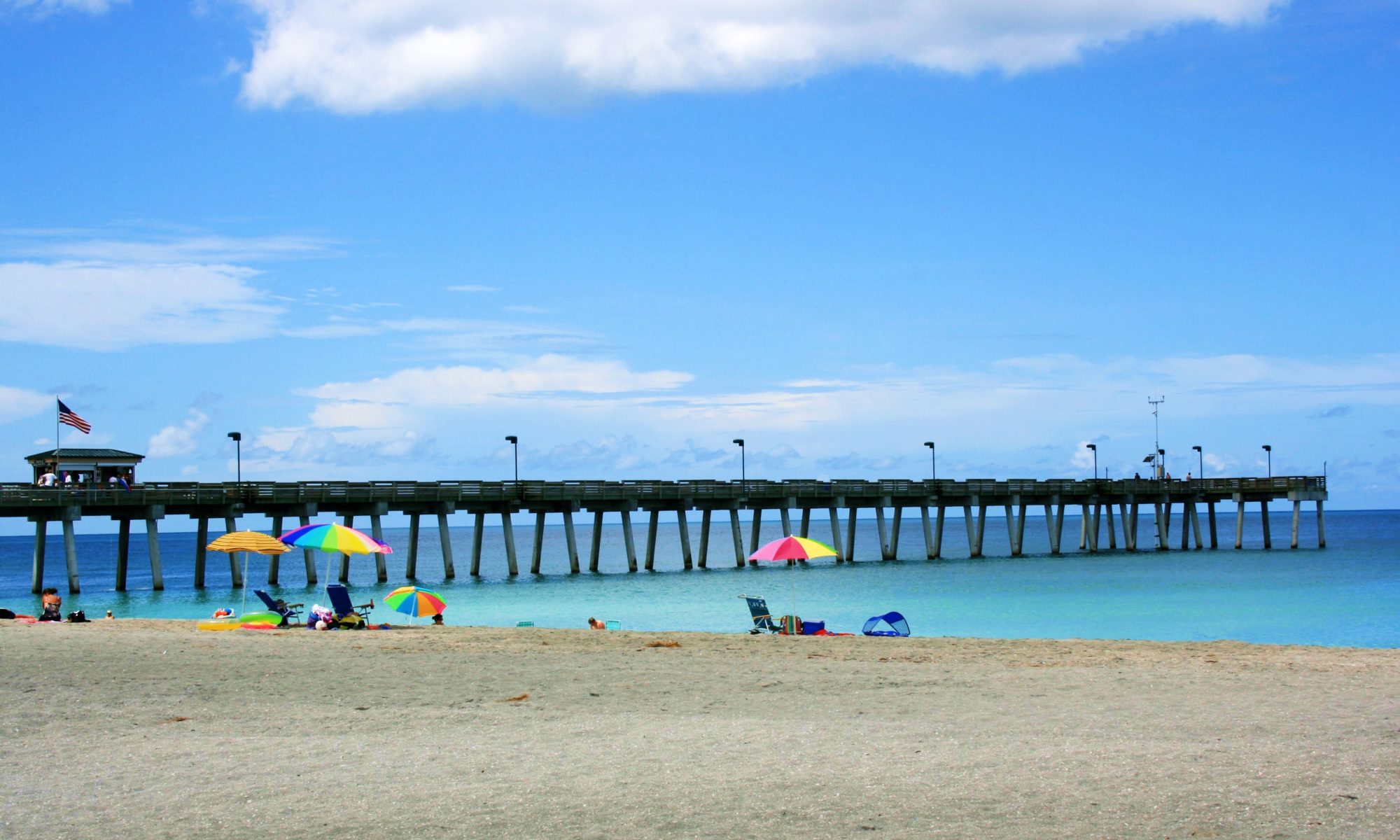
Stump Pass Beach State Park is located in Englewood, Florida.at the southern tip of Manasota Key. The park is bordered by the Gulf of Mexico to the west and Lemon Bay to the east. The pass itself connects the two bodies of water. The park is a favorite among locals and the parking lot is often filled to capacity early in the morning even on weekdays.

Boaters can access the park as well and the Lemon Bay waterway has been known as “Ski Alley” for years. On the Gulf side bathers crowd the northern portion of the park while walkers enjoy the 1.3 mile trail from the parking lot to the pass. It is a favorite among bird watchers. Rare terns nest in the area every spring. Sea turtles lumber ashore to lay their eggs in the sand.



I used a telephoto lens for this shot. The birds will not let you get too close
The park was transferred from the Port Charlotte Beach State Recreation Area to the state of Florida in 1970 and the state park opened to the public in 1971. Back then the park offered no services, but today there are restrooms, showers and picnic tables. Boardwalks crossed over the dunes offering passage to the beach.
A unique aspect of the park is that it is always changing. Trees and brush die off due to saltwater intrusion and erosion. Years ago it was easy to see how the park got its name. Dead trees and stumps lined the water’s edge. With each passing year storms and wave action brought down trees along the water. Some stood out n the water as the beach eroded. Eventually they would fall into the water and be gone. A coastline that made it hard to follow without getting wet turned into wide beaches. Today it is different. Few stumps remain and most large trees are gone. Grasses, sea grapes and palm trees still cover the sandy ground. Shells can be found in abundance along the waterline. Some of those shells end up as decoration on bushes.


A trail starts near the parking lot and leads the pass. It starts on a boardwalk and then turns into a very sandy path. Along the way one was treated with views of the Gulf and bay. Some wild flowers brightened the landscape, attracting insects and butterflies. Ospreys and other birds could be spotted as well as turtles and an occasional rabbit. One section beneath a canopy of trees stayed wet and a colony of fiddler crabs could be heard scuttled off the trail into the brush, their movement sounding like rain on the leaves. At the past one could find a beach often crowded with boats. The flats offered sanitary for the terns and other shore birds. We would often sit in the water here as the water was protected from the hind and was seldom choppy. My hope is the trail will once again be usable.
A rock jetty was added to the beach just north of the pass to help prese3rve the beach on the Gulf side. It worked. At least temporarily.







The land is low enough that waves from storms wash across the park. Hurricane Ian took down many if not all of the tall trees within the park in 2022. Then came 2024. Hurricane Helene moved north through the Gulf sending storm surge and crashing waves along Florida’s west coast. Manasota Key took a beating. Before the residents could recover Hurricane Milton moved up the coast. This storm brought new storm surge to the key already devastated by Helene. Homes and businesses were destroyed and roadways torn apart. A new pass opened in the state park just south of the parking lot. As a result the park is now closed. While it listed as a temporary closing, I have doubts that the park will be able to open to foot traffic any time in the near future.




In case you did not get enough, you can find more of my Stump Pass pics here:https://robertwilderjr.com/collections/stump+pass+beach+state+park








